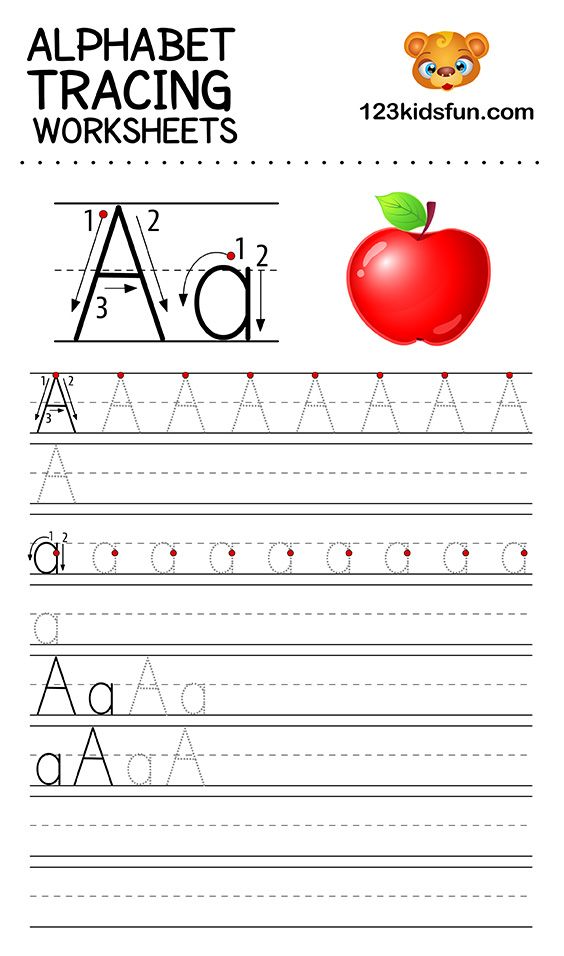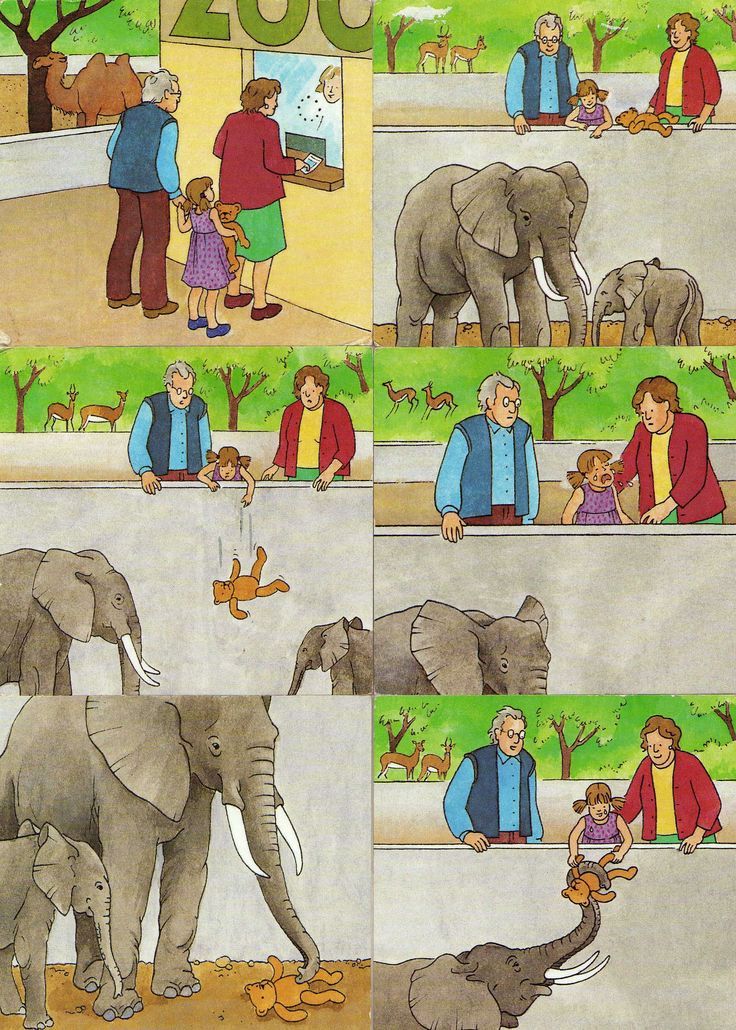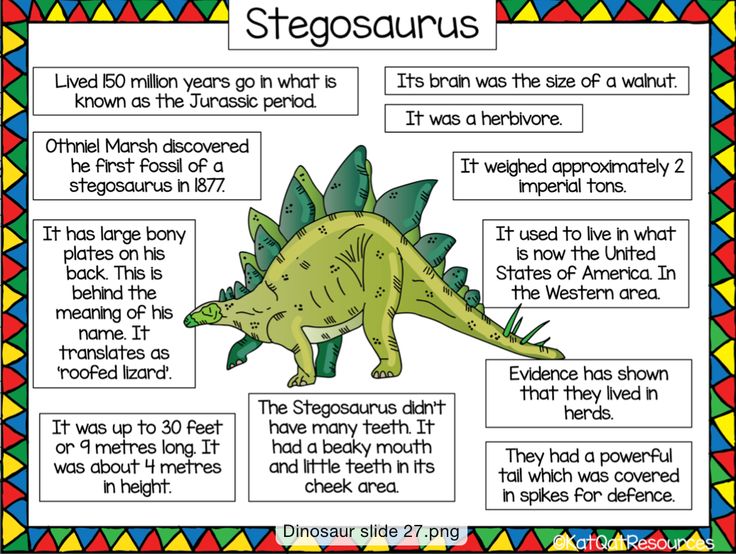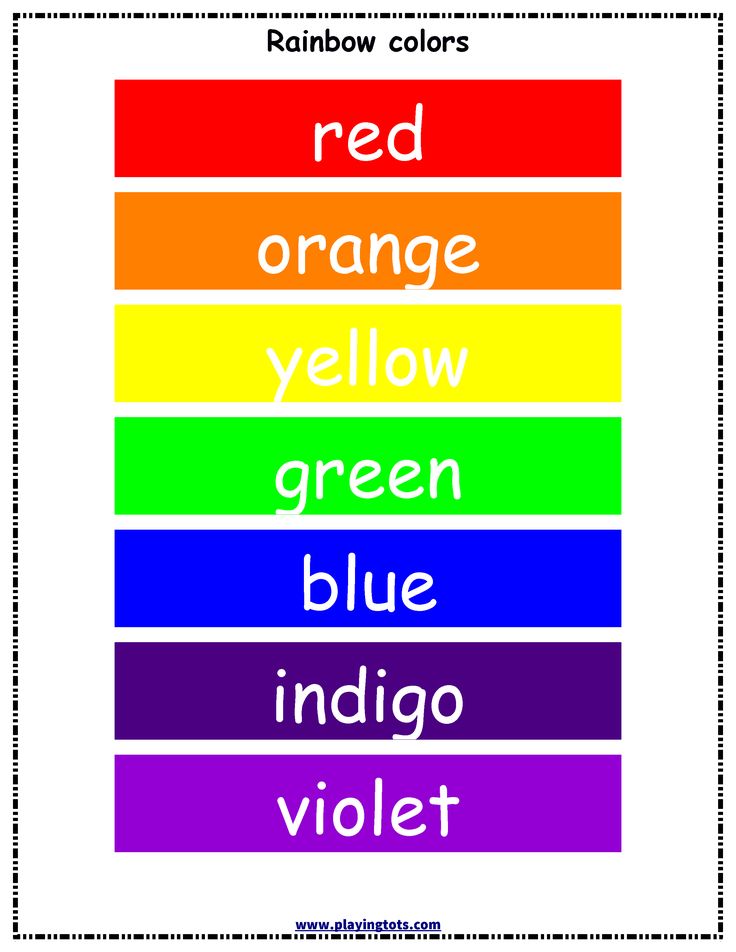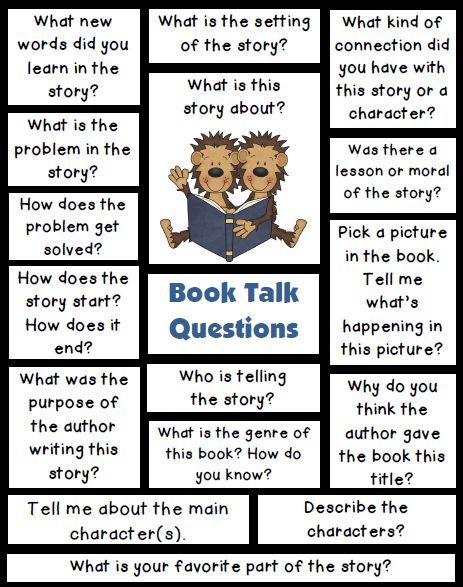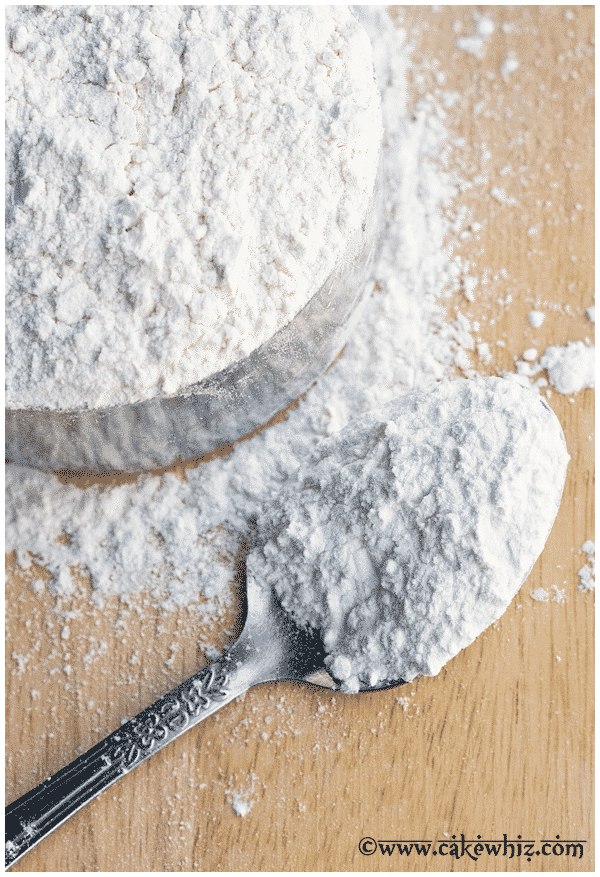Introducing letters to toddlers
5 Easy ways to teach the alphabet to preschoolers | Daycare Blog
Teaching children the alphabet is foundational to learning how to read. Before children can put together sounds or draw together lines that make words, they need to know what they are. If you’ve never taught the alphabet before, the concept may sound abstract: how do you teach something that comes so naturally to you? Teaching letters can be really fun and simple. In this article, we’ll give you easy ways to teach the alphabet to preschoolers.
1) Sing alphabet songs
Obviously, we all know the English-language, “A-B-C-D, E-F-G,” song. That’s a great place to start. However, there are more alphabet songs, which can add variety to your tunes, and help kids learn the alphabet in different ways.
This article lists a whole bunch of alphabet songs to try. And, if you saw our article on YouTube channels for toddlers and preschoolers, you can find letter-related songs there too. The visuals in videos can show objects that start with each letter, and sometimes the songs also pronounce sounds too.
One important note brought up by this early childhood educator, is that kids should go from singing the song, to being able to say and point out the letters without a tune. So don’t stop at singing!
2) Play letter matching games
Letter matching games are easy to set up. You can have a poster board with the alphabet printed on it in large letters. Have separate letter magnets or paper letters cut out at the same size as the print letters. Ask the preschoolers to match their cut outs to the letters on the chart. Where does “A” go? Place the letter “A” cut out on top of the printed “A” on the poster board. Get them to practice doing this with all the other letters.
As the early childhood educator mentioned above noted, you can also have an alphabet ‘arc,’ where one end of a half-circle shows the letter “A”, and the other end the letter “Z”. In between you can have other letters in the alphabet shown, but not all of them. Ask the preschoolers to put down their block letters in the right sequence, using the pre-filled in letters as clues.
3) Open a new ‘alphabet box’ each week
You may have seen us post on Facebook that a certain week is brought to you by a letter we’re covering. It may be “C,” and you’ll see photos of us painting the letter C at daycare, or learning about animals that start with the letter “C.” Weekly letter themes are common in preschools.
You can take your weekly letter curriculum a step further by creating a box that children can open to discover objects that relate to that letter.
For example, on the week covering the letter “A,” your preschoolers can open (or even unlock) a box that contains an apple, a toy airplane, a toy alligator, an acorn, an arrow (a safe one!), and so on. In fact, don’t tell the children right away what letter the box of ‘treasures’ represents. Ask them if they can guess the letter they’ll cover that week by observing the objects in the box alone. This can be a fun and whimsical way to have your children get excited about the week ahead, and work together to come up with an answer.
3) Use interdisciplinary learning with each letter, to strengthen letter associations
Since repeating a letter over and over again can get boring, you can mix it up a little by bringing in related lessons. You can start with a week’s letter as your core subject. Then, throughout the day, teach interdisciplinary subjects that still relate.
For example, if you are on the letter “R,” you can learn about the colour “red” too, since it starts with “R.” Ask the children, ‘what things are red?’ If you are on the letter “A,” you can learn about apples. We’ve done this before, where we teach children about the types of apples there are, as well as explain that seeds are inside an apple, and so on.
This blogger lists a whole bunch of crafts you can you incorporate into your letter learning. For example, you can make holes with a hole punch for the letter “H.” This can then lead into learning about the circle shape. You get the idea…
4) If you use flashcards to teach the alphabet, use logical ones
Flashcards are a great memorization tool, and the alphabet is all about memorizing.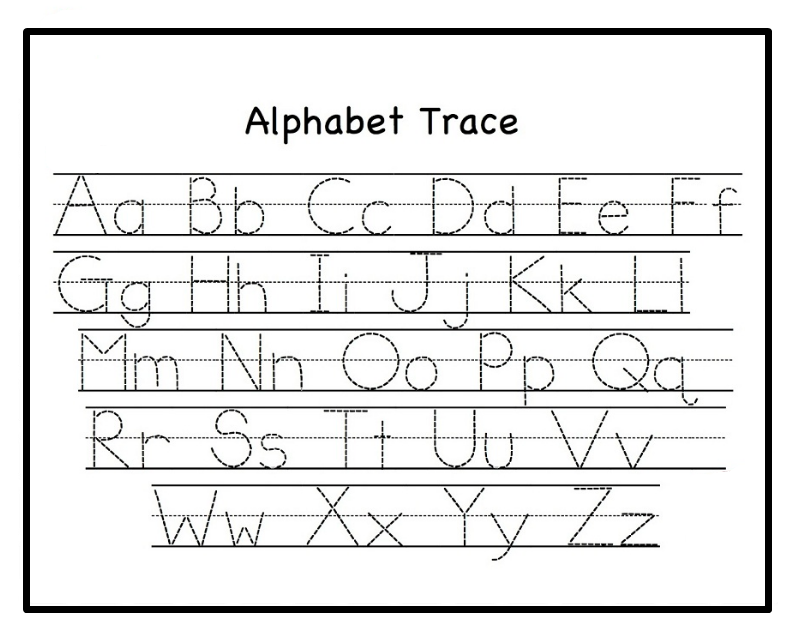 However, this teacher warns that sometimes, pre-made flashcards can get really confusing. If you are teaching the letter “D” and there is an image of something that simply uses the sound of “D” somewhere in the word, but doesn’t start with “D”… well you can quickly see how even adults would be confused by that.
However, this teacher warns that sometimes, pre-made flashcards can get really confusing. If you are teaching the letter “D” and there is an image of something that simply uses the sound of “D” somewhere in the word, but doesn’t start with “D”… well you can quickly see how even adults would be confused by that.
Remember, at this stage, you’re not teaching phonetics or complex vocabulary and pronunciation. First, children need to recognize and know the alphabet. Use the simplest flash cards, with the simplest pictures of the objects and animals that preschoolers can recognize.
That said, sometimes you want to use lowercase and uppercase letters in your flashcards…and yes, that can be confusing for the very young learners, especially when the upper and lowercase look so different, but are called the same thing. But if you’re using a set of magnets, for example, you can just use their uppercase versions, that’s ok (they may only come in that form). For very early learners, you can start really basic.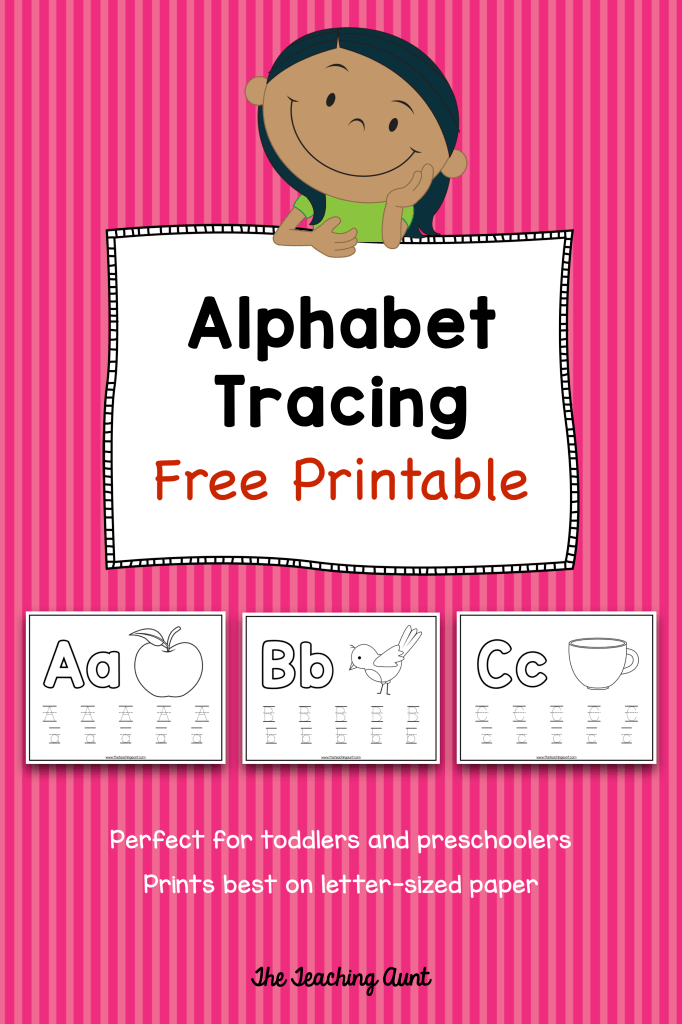 Just don’t forget to start showing them the lowercase and uppercase letters together at some point in their alphabet learning journey.
Just don’t forget to start showing them the lowercase and uppercase letters together at some point in their alphabet learning journey.
5) Eat foods shaped like letters to help preschoolers learn their alphabet
Speaking of interdisciplinary alphabet learning, why not do a baking session with the kids at preschool? They can use letter-shaped cookie cutters to make a fun and yummy snack. Meanwhile, there is a host of lessons you can teach with the baking activity. Chemistry, cooking, nutrition…the list goes on.
If you want the easy route, try commercially-sold letter-shaped biscuits. IKEA has a version of these. Ask your toddler or preschooler to name the alphabet letter they’re about to eat. Eating it can be the reward for getting it right!
And of course, there is alphabet soup, or noodles shaped like letters. You can make mealtime fun, and educational, with these edible alphabet manipulatives.
So there you have it, 5 easy ways to teach the alphabet to preschoolers.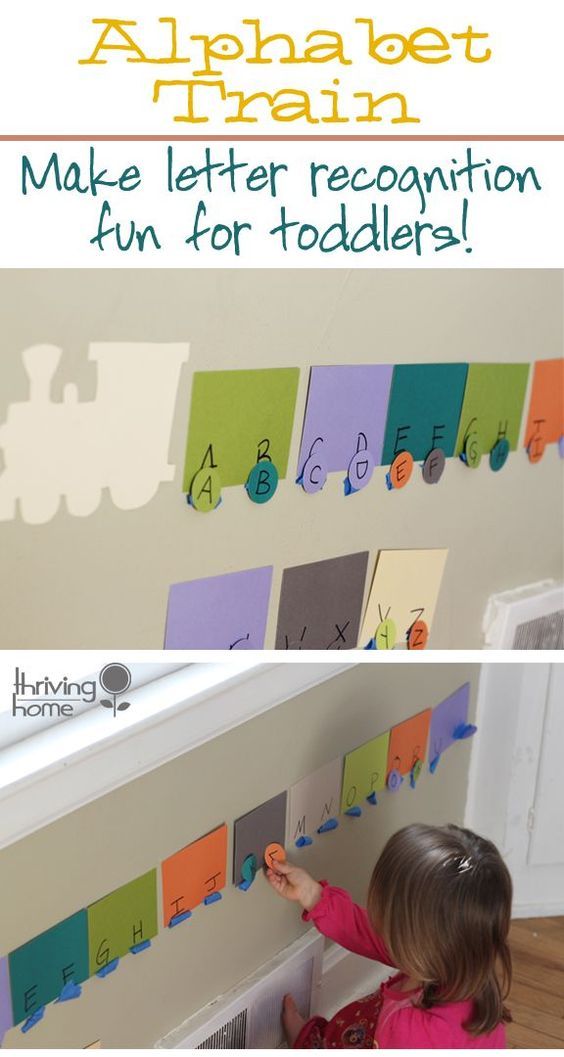 They may even be fun for you, too! It is super cute to hear little ones pronounce letters, and guess what object goes with each letter. When your preschoolers are learning the alphabet, be sure to take every teachable opportunity you can to encourage them to recognize letters in the world around them. If you’re on a field trip, ask the children if they can spot their letter-of-the-week on a street or building sign. If you’re reading a book, see if they can spot the letters you’re reading to them. Keep pushing letter recognition throughout the day, so the lessons can really sink into their memory.
They may even be fun for you, too! It is super cute to hear little ones pronounce letters, and guess what object goes with each letter. When your preschoolers are learning the alphabet, be sure to take every teachable opportunity you can to encourage them to recognize letters in the world around them. If you’re on a field trip, ask the children if they can spot their letter-of-the-week on a street or building sign. If you’re reading a book, see if they can spot the letters you’re reading to them. Keep pushing letter recognition throughout the day, so the lessons can really sink into their memory.
See more on our blog:
- How to teach digraphs to preschool children (6 ways)
- What is the best way to teach word recognition to early childhood readers?
- Why is literacy crucial in the early years? How can parents and preschools help with reading skills?
- How to teach toddlers and preschoolers to count, and learn their numbers
- Ideas for teaching shapes in preschool and daycare
14+ Simple Activities to Teach Toddlers the Alphabet
80 shares
- Share
- Tweet
Learning the ABCs is the foundation of reading and writing and something that you’ll want to start teaching your child early on.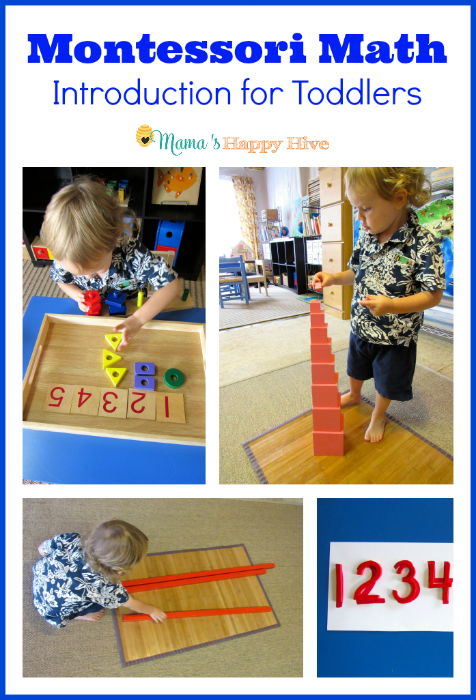
Teaching toddlers the alphabet can often seem like a daunting task because you’ll want to create a strong foundation to build on for higher level skills.
The last thing you want to do is make letter learning stressful or frustrating. The goal is not to have them just memorize the letters and spit them back out, but to interact and grow from what they are learning now.
When Should You Start Teaching Your Toddlers the Alphabet?
The good news is that little ones are like sponges and they love to learn!
Your toddler may begin to recite the alphabet from memory by learning the ABC song closer to 18 months old, but recognizing and identifying the actual letters is a skill that may come later on.
You can start teaching toddlers the alphabet around age 2, but can even begin earlier than that.
Now that’s not to say that at two years old your child will know their whole alphabet. Two is simply the age that they can recognize a letter here and there.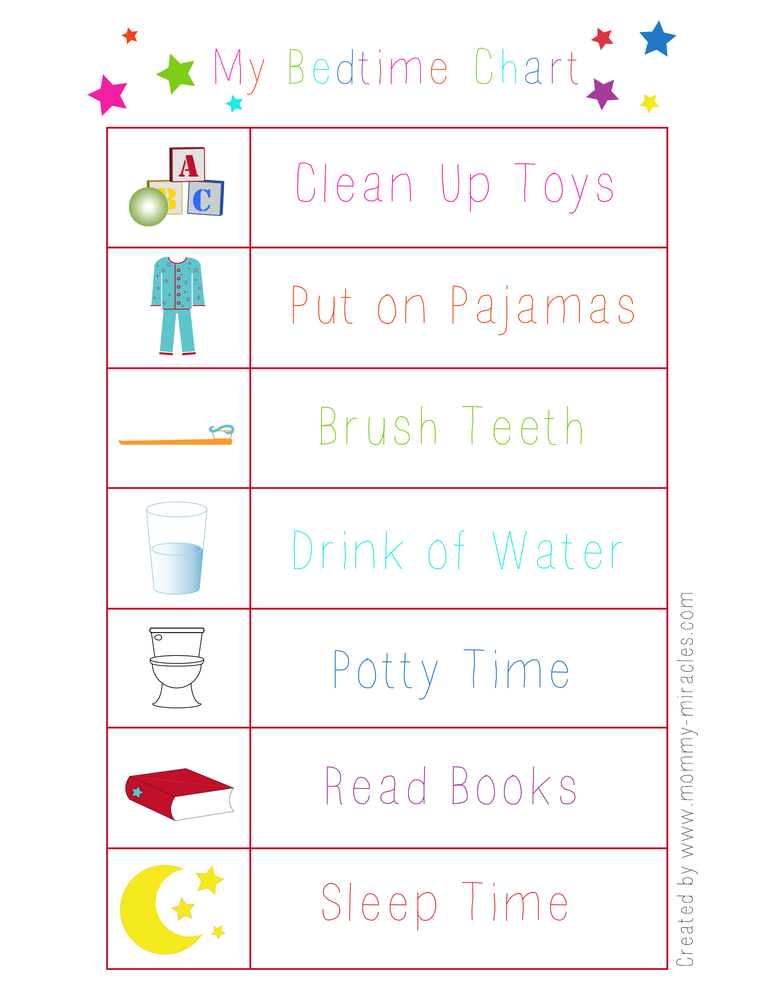
Don’t overwhelm your child by showing them the entire alphabet at once. Work on one letter at a time and your toddler should pick it up quickly.
How to Teach Toddlers the Alphabet
Children typically start recognizing the letters in their own name first and then recognize all other letters after that.
Be sure to have your child look at both uppercase and lowercase letters when learning. Most children are taught all of the uppercase letters first, however, the lowers case letters are the ones that they will see more often when they read or see words.
Incorporating the Alphabet in Everyday Activities
One of the best things about teaching toddlers the alphabet is that you can include simple activities throughout the day. Some of my favorite ways to do this are:
Board Books
If you aren’t already, reading to your children is so important and great for development. Exposing them to books helps them start to recognize letters.
Any and all books provide so much benefit for recognizing letters as your child gets older, but board books with large letters are best for teaching toddlers the alphabet. This book allows your toddler to trace the letters with their fingers and lift-the-flap fun to help with letter learning.
ABC Toys
There are lots of different toys out there that help children learn their alphabet. Try finding toys like these letter matching puzzles that have your child match the shape of the letter.
Magnetic letters are also great. You can have them on the refrigerator so when you are cooking they can play with the letters.
Related Post: 20 Important Things to Teach Your 2 Year Old
Name Learning Recognition
Writing your little one’s name out large on a piece of paper and going over each letter is a great way to help them recognize the letters in their name. You can have them trace the letters in different colors to make a “rainbow name” activity.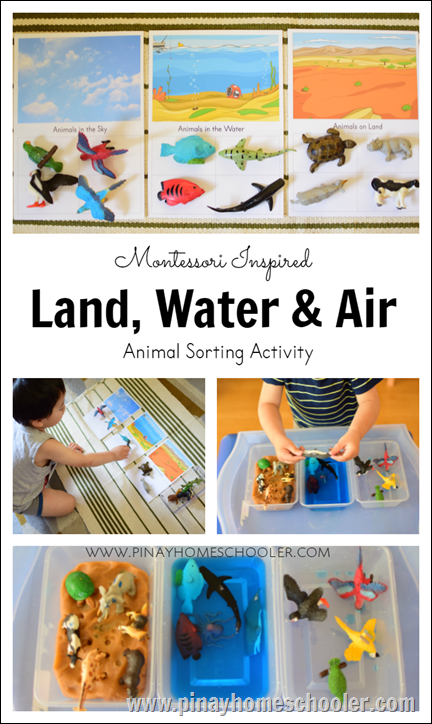
These name puzzles from Bloom Owl are a great way to get your child learning the letters of their name. They’ll love playing with the puzzle as they start to recognize the letters they see all the time.
Sing the ABC song
Singing the ABC song is a great way to help your toddler learn the sequence of the alphabet. When doing an activity like letter recognition, you can sing the song and point to the letter at the same time helping them to recognize the letter name with the letter shape.
Workbooks and Printable Worksheets
Workbooks and worksheets are great tools to help children learn the alphabet and teach them what letters look like. Even if they aren’t quite able to trace yet, exposing them to the letters is still a great idea.
Letter Shows
By far the easiest resource for having your child learning letters and letter sounds is the Leap Frog shows on Netflix. They include Letter Factory, Phonics Farm, and more. If you have Netflix you can access these shows! My 20 month year old was reciting all of the letter sounds because he loves this show so much!
Games and Activities for Teaching the Alphabet
Since toddlers learn through play and exploration of their environment, they understand best when taking a hands-on approach to learning.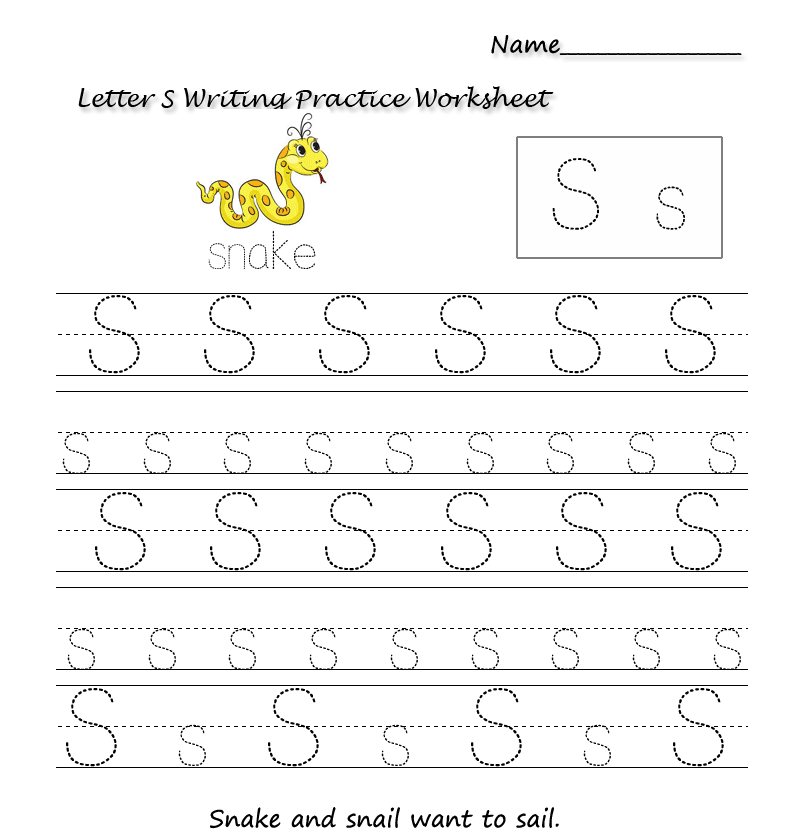 Finding fun games and activities is a great way to teach toddlers the alphabet by making it an engaging learning experience.
Finding fun games and activities is a great way to teach toddlers the alphabet by making it an engaging learning experience.
Every child also has their own style when it comes to absorbing new information. Some children may learn best while jumping up and down, feeling objects with their fingers, or listening to a song.
Here are a few games and activities that incorporate sensory modalities to build on letter learning. They don’t involve actually writing letters, so they’re great for young toddlers as you teach them the alphabet.
Related Post: 31 Things That You Can Teach Your 3 Year Old
Alphabet Soup Via Busy ToddlerThis activity is great for toddlers because it helps them to interact with letters and have fun. You can help them by asking them what letter they found and then associating the sound the letter makes.
Writing Let
ters with Shaving Cream Via A Gift of CuriosityWriting letters with shaving cream is one of the ways my mom helped me learn letters as a child.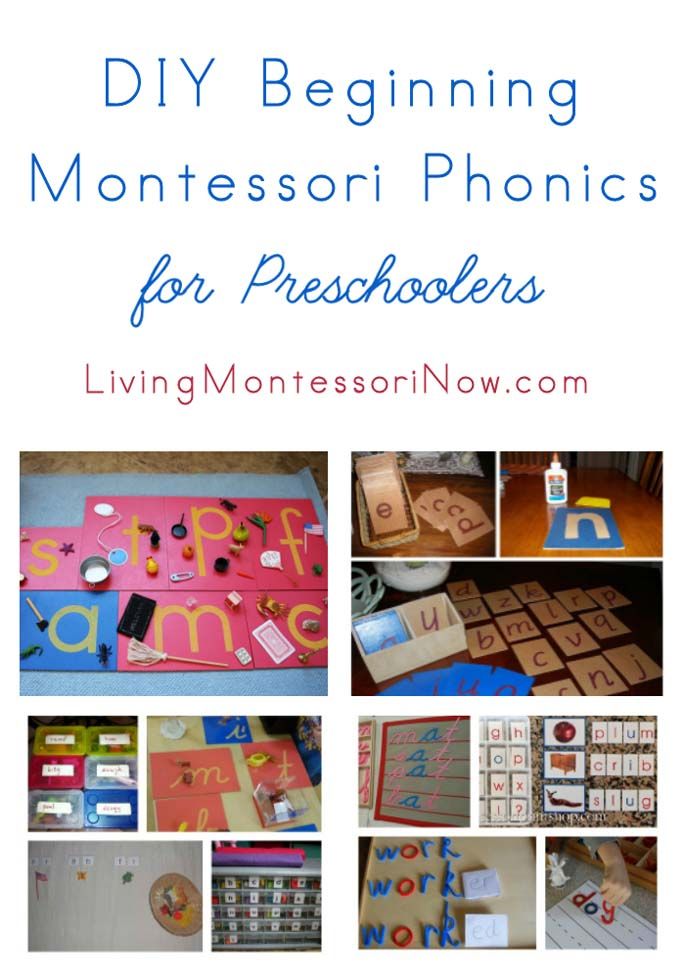 I remember having so much fun writing with shaving cream.
I remember having so much fun writing with shaving cream.
Bury some letters in rice (beans would work too!) and have your toddler find them. This is a great way to engage them with play and also help them learn to match up their letters. Another way you can change this up would be to have them match uppercase to lowercase and vice versa.
Feed the Alphabet MonsterVia I Can Teach My ChildFeed the alphabet monster is a fun and silly way to help teach toddlers the alphabet. You can leave the letters in order to start and then, later on, scramble them up. Another way to make this game a little more complex would be to have an uppercase and lowercase version of each letter.
Related Post: 10 Clever Ways to Teach Your Toddler How to Share
Sticky Alphabet TreeVia Toddler ApprovedI love this game for teaching toddlers the alphabet! I think it is adorable and functional.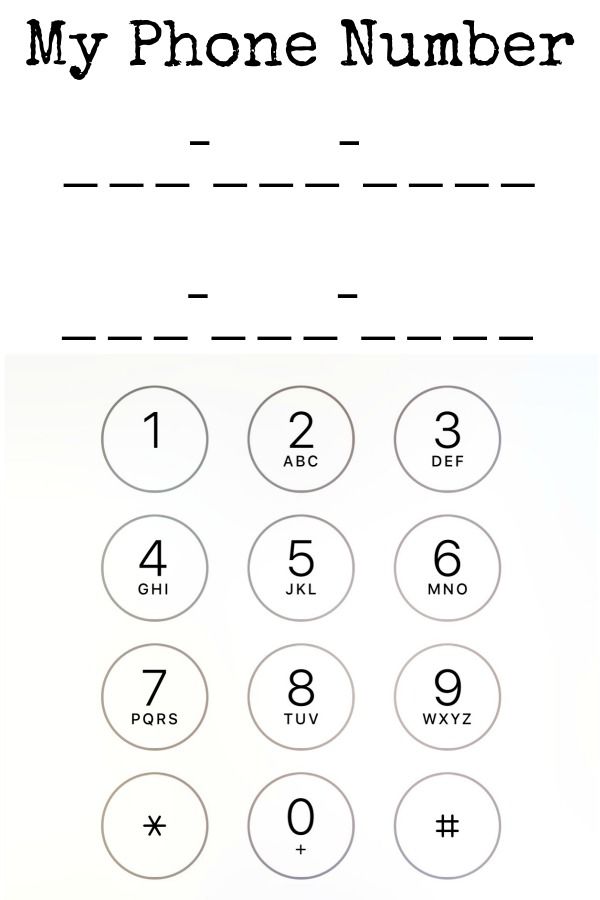 You can help your toddler associate words with each letter like “A for apple” or “B for bear”. As they become more proficient, you can ask them to say a word that starts with the letter they picked up.
You can help your toddler associate words with each letter like “A for apple” or “B for bear”. As they become more proficient, you can ask them to say a word that starts with the letter they picked up.
Dry Erase Letter Erasing
This is a multi-sensory activity using a dry erase board and dry erase marker or eraser to help your child learn to recognize letters. Tell them that you will tell them a letter to find. Then they must locate it on the board and erase it. This is great for little ones who don’t have control of writing actual strokes.
Teaching toddlers the alphabet doesn’t have to be complicated and learning through play is a great way to build a strong foundation for letter recognition. There are so many simple everyday activities that you can do to help them learn.
The best part is when you teach your older children the alphabet, they can help your younger children learn too!
I hope that you found some practical ways to incorporate teaching toddlers the alphabet in your everyday activities and some fun games to play!
Related posts:
How to introduce a child to the alphabet: 10 original solutions
All children are inquisitive by nature, and it's a sin not to use it.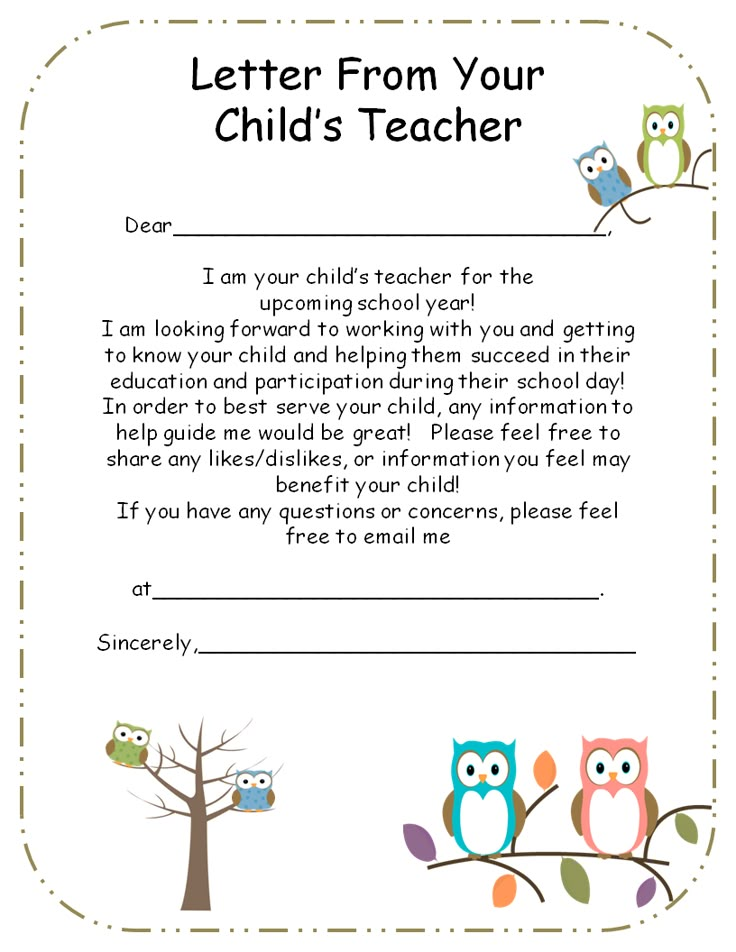 Acquaintance of a child with the alphabet can be started at any age, the main thing is that the baby already speaks: even if not in compound sentences, even in his own language. He already knows the sounds of speech, now he can make friends with the letters.
Acquaintance of a child with the alphabet can be started at any age, the main thing is that the baby already speaks: even if not in compound sentences, even in his own language. He already knows the sounds of speech, now he can make friends with the letters.
Interactive alphabets, magnets and cubes with the image of letters - all this will not be superfluous. But non-standard "benefits" are remembered more vividly. Let's turn on the imagination! Just remember that in any case, you will need to clearly name the letters. And my advice to you: start with vowels. They are easier to "sing", pull, and as practice shows, such a performance is much more interesting for children. Popular Zaitsev cubes work according to such a system, and very successfully, judging by the feedback from parents and teachers.
1. Edible letters.
These can be alphabet biscuits that you just buy in the store. Or small, funny pasta, also depicting letters. With a certain amount of imagination, the alphabet can be "concocted" from any dish.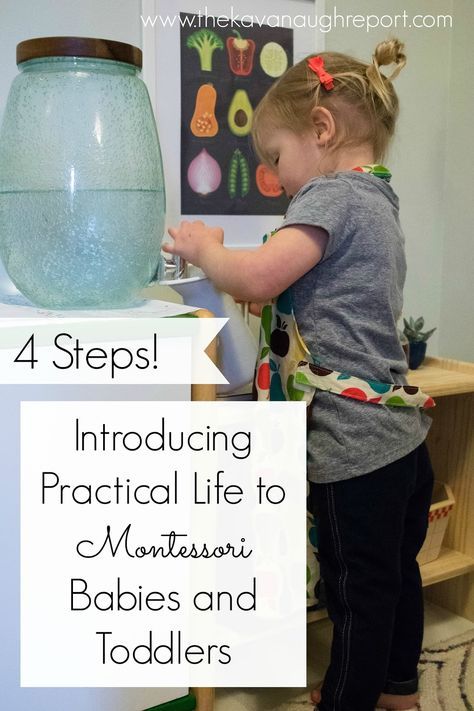 It is easy to cut "O" from cucumber slices. Green "U" or "A" from a sprig of dill looks bright and cheerful against the background of mashed potatoes. Any porridge will be decorated with berry letters or jam letters. In general, the principle is clear. Delicious, healthy and educational! Just do not go too far, “feed” the child with one letter a day. The main thing here is not quantity, but quality.
It is easy to cut "O" from cucumber slices. Green "U" or "A" from a sprig of dill looks bright and cheerful against the background of mashed potatoes. Any porridge will be decorated with berry letters or jam letters. In general, the principle is clear. Delicious, healthy and educational! Just do not go too far, “feed” the child with one letter a day. The main thing here is not quantity, but quality.
2. Hopscotch with letters.
It's simple: instead of numbers, write letters in squares, and draw the well-known "classics" in the form of a straight path. First, say the letter, then the child repeats after you and jumps to the next square with the image of a new acquaintance from the alphabet.
3. Did the child flood the computer keyboard with juice? Or smeared plasticine on it? This is nothing but a thirst for knowledge! Buy yourself a new “claudia”, and give the spoiled one to the baby. Just get rid of the wires so as not to get in the way. And stick bright, clear images of letters on the keys.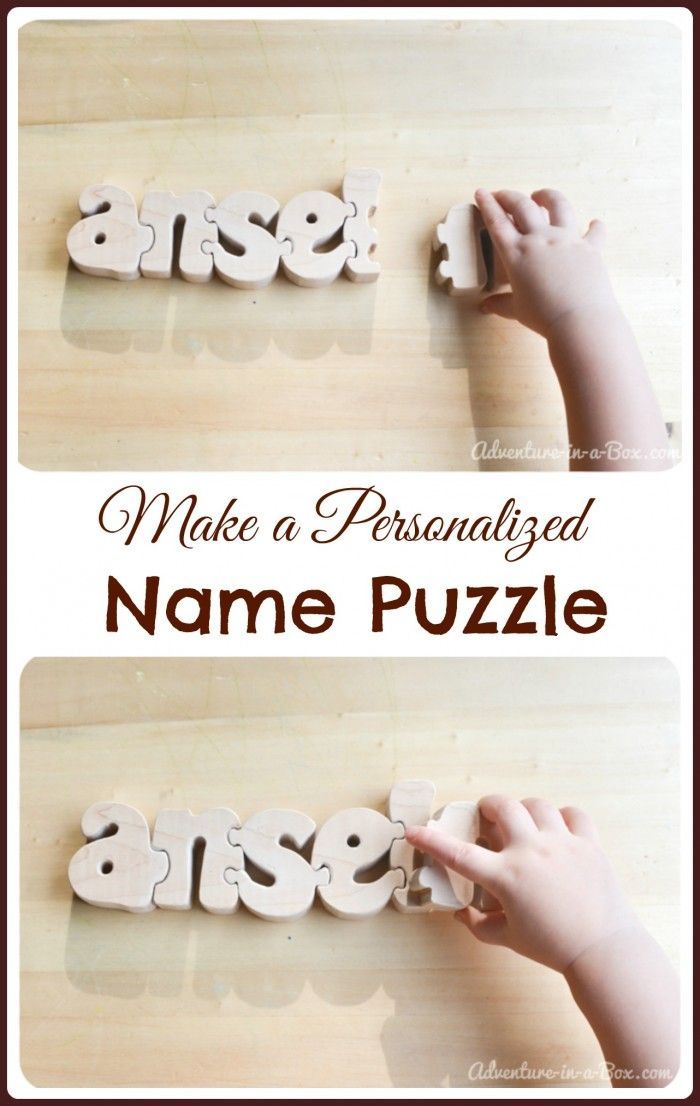 Let the baby drum! From time to time, you can hum the alphabet, read poems about the alphabet (Zakhoder, for example) while the child is playing.
Let the baby drum! From time to time, you can hum the alphabet, read poems about the alphabet (Zakhoder, for example) while the child is playing.
4. Balls, pebbles, other handy tools.
Inflate a balloon, take a felt-tip pen and draw any letter together with the child. Don't forget to name her! It turns out fun and beautiful.
The same can be done on sea pebbles. Only instead of a felt-tip pen it is better to use acrylic paints. They do not wash off very well, so be careful, keep the creative process under control!
Fantasize, create with your child, look around and find your own material for "alphabetical" crafts.
5. Sculpt! But not "humpbacked".
Letters are very interesting to make from plasticine or salt dough. Here, before the eyes of a child, a real miracle happens: in a magical way, “O” turns, for example, into “A”. Or in "E". Does your baby already know how to sculpt the simplest "sausages", "worms"? Show how to add any inhabitant of the alphabet from these elements. At the same time, develop fine motor skills.
At the same time, develop fine motor skills.
6. On the walk, the acquaintance with the alphabet continues too!
It's not just storefronts and flyers that are involved. There are a lot of cars around and they attract the attention of both girls and boys. And license plates, of course, contain letters. Just have time to make sure that the baby does not come too close to the cars, does not get dirty. And so - in addition to being useful and repeating what has already been done at home - cars can be an excellent distraction. Color, shape, engine growl, and even letters! Try to combine all this into a single fairy tale, and your young intellectual will forget about whims and tantrums.
7. Letters from constructors.
It will be Lego or a simple domestic designer with large details - it doesn’t matter. The main thing is that the shape matches the outlines of the letters. Again, remember to speak out loud or sing along with your child. You can try to design several at once and ask the child to choose one by one: “Where is our “A”?”
8.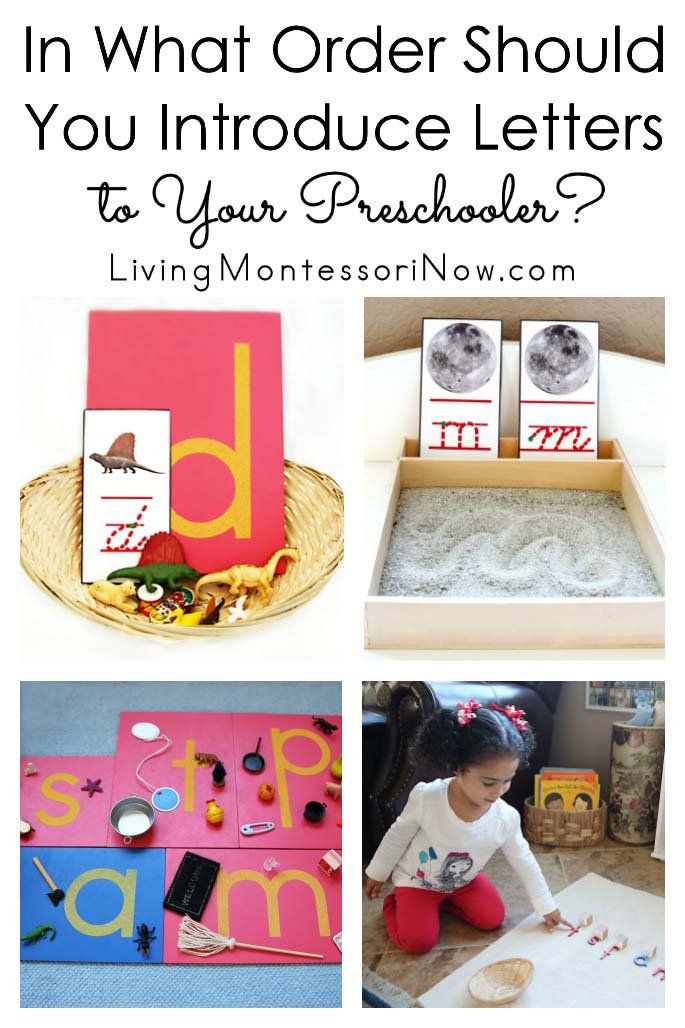 Letters on the wall.
Letters on the wall.
Cut out letters from colored card stock. Tape them with double tape. Attach a piece of old wallpaper or a drawing board to the wall of the children's room. And invite the child to stick different letters there. Name them together. Correct errors if there are any. Do not take too many letters at once.
9. Good old… photographs.
This manual is made on the principle of alphabet books, where each letter corresponds to a picture. G - giraffe, V - grapes. And so on. In a photo album (preferably a small format, so that it is easier for a small student to hold in his hands), put sheets with the image of letters. On the contrary - a photo or drawing. "O" - the image of an eagle or donkey. "B" - a picture of a grandmother. "P" - dads. It is important that the child knows the object or person that is depicted. Identification must be 100 percent!
10. Letter games.
Inhabitants of the alphabet - plasticine, edible, painted on pebbles or molded from plasticine - can ride cars, jump, somersault, visit each other (and by the way, this is how reading begins, because short words are obtained from simple combinations of letters - (AU, IA, MU, ME, BE, etc.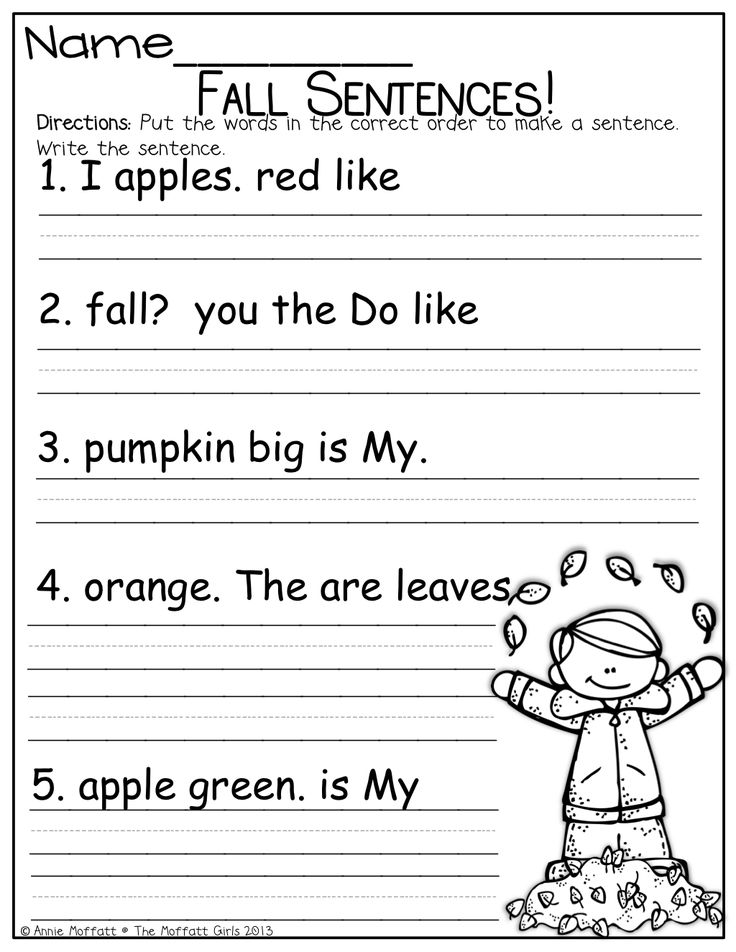 )
)
With all the wealth of educational materials and "smart" toys, nothing can replace a child's parental attention. Remember this. Do not rush to teach the baby. Play with him, in the game you can achieve a lot!0003
Introduction to letters. Our manuals and aids
Here I will describe how and with the help of what manuals, toys, teaching materials I teach Pasha letters. I started to introduce him to letters at the age of 3 with a tail, by 3.5 we learned all the letters, now we repeat. He expressed the desire to learn letters himself, so everything happened voluntarily and even with begging from his mother: “What letter are we going to study today ?!”
My sister started to acquaint Pasha with letters, she is just honing her reading skills, so I just have to pick up the existing interest.
The basis for acquaintance with letters was the developments and their printouts by Olesya Shirokova, my friend and author of the “Grow and Grow Up” project.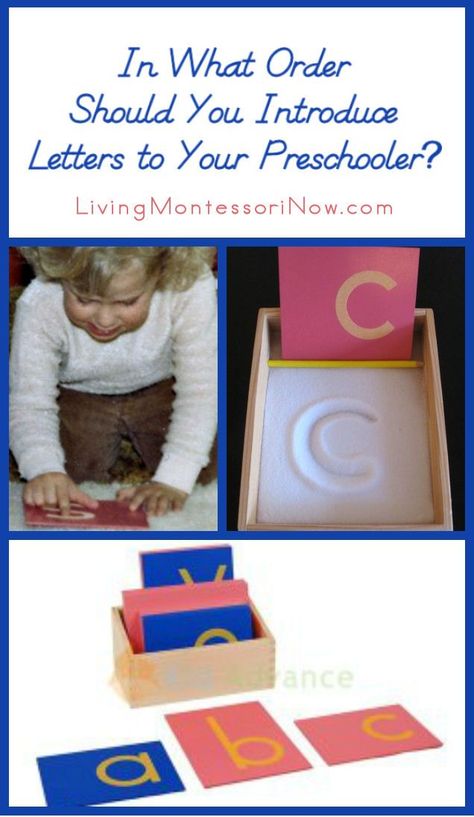 See below for a video review of two manuals - materials for a personal alphabet "and an alphabet" In the world of animals:
See below for a video review of two manuals - materials for a personal alphabet "and an alphabet" In the world of animals:
motor skills training, and also this “my ABC, I did it myself!”
In addition to these sets, a magnetic alphabet came in handy (we have two sets mixed), good old magnetic cards with letters and animals (we use them as simple cards, and 3 sets are mixed), an easel with a magnetic board and a chalk board, magnetic mosaic and sound poster "Connoisseur".
A typical lesson to get acquainted with the next letter
First - cartoons: they pronounce the letter and show words starting with this letter. My favorite was a cartoon from Mizyak-dizyak, where sounds are pronounced, and not the names of letters, which makes it easier to switch to reading later. A selection of cartoons with alphabet songs is in the VK group, including this one.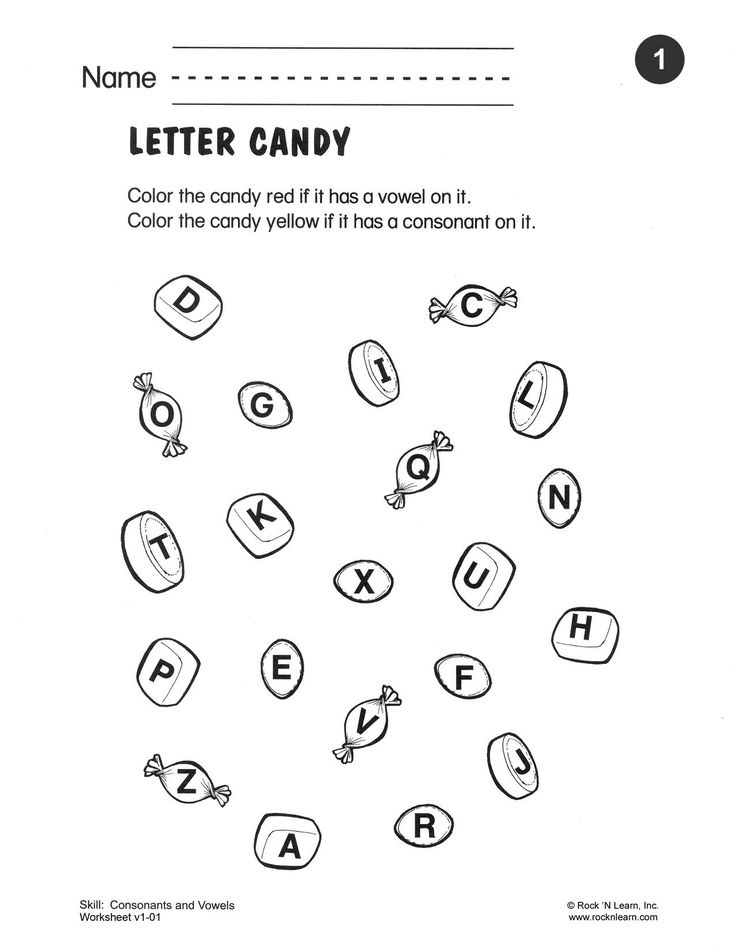
Then we took on printouts from our personal alphabet. They contained poems, tongue-twisters, riddles, games, fairy tales about each letter. I read all this, Pasha tried to pronounce everything, where it was difficult, Irina helped. For example, she liked to come up with words with the first two letters: on, but, well, us. It was difficult for Pasha at the stage of acquaintance. Then, in fact, a page of the personal alphabet was made.
Irina and I cut out pictures denoting words that begin with a certain letter, and Pasha pasted them. Then for Irina there was a special task to cut out and paste correctly signature-words to them. The studied letter was sculpted from plasticine, assembled as a puzzle of 4 parts, painted in various creative ways suggested by Aunt Olesya. F is painted over with felt-tip pens, K with pencils. also K can be covered with cereals, P - put with chopsticks ... well, you understand. Everywhere the studied letter reigns. There were also strokes in the set, and tasks for finding a letter.
Here we connected our benefits. In the general dump of letters with magnets, I asked to find all the studied ones (several pieces), we placed them on the magnetic side of the easel.
on the reverse side Irina, on her own initiative, made her own manual - a poster: she drew a large letter, words on it, accompanied by drawings. It is clear that I hear as I write, so there were a lot of pearls, in my photo archive I have so far only dug up a photo of the poster on H, where almost everything is correct, the rest are hiding. "VARISHKA", for example - guess what was drawn there?
Next to the magnetic letters, if Pasha was in the mood and not yet tired, we laid out the studied letters from the magnetic mosaic together, and this is also a feature taken from Olesya Shirokova. if there was no mood, I collected the letters and broke them, or assembled them incorrectly, and Pasha repaired them.
Matching games. This is more about fixing when some of the letters are studied, and the children unearthed cards with animals, because they are also relevant.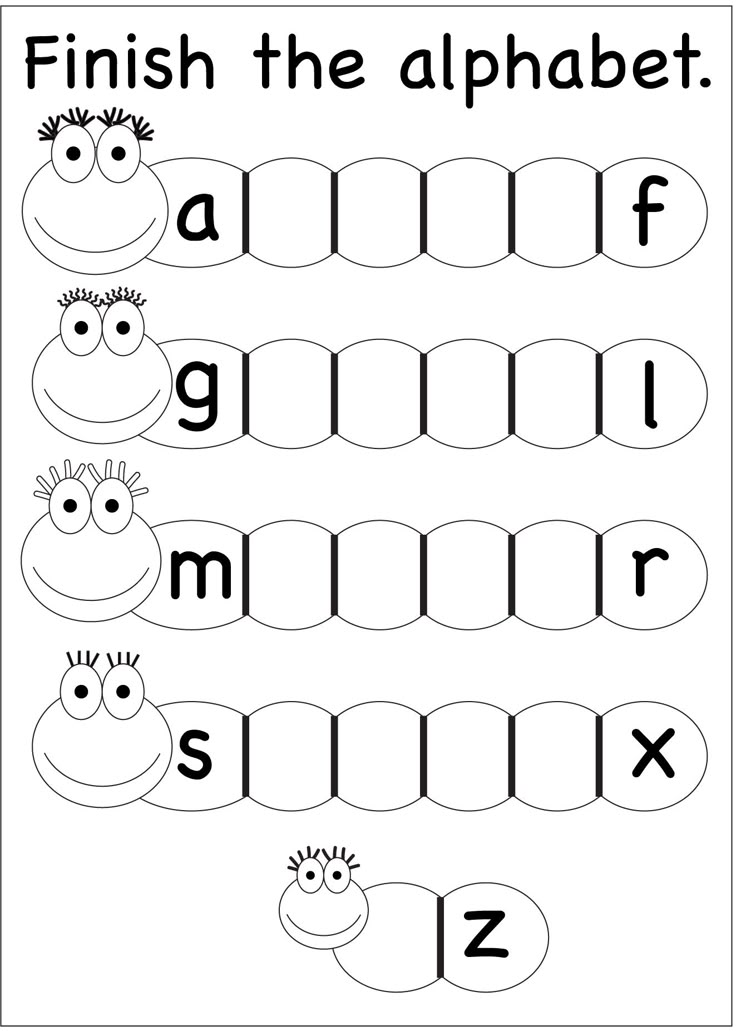
For dessert, we had an assembly of a letter from "In the Animal World". The idea of the manual is not only to acquaint with letters, but also to develop imagination, broaden one's horizons. There is a card with a letter on a specific background depicting the habitat of an animal whose name begins with that letter and which we will now cut and assemble. There are details that need to be cut and pasted, there is a sample and informative text. Here we also had artel work, because Pasha does not carve so well. And even Irina refused to cut out some small details. Newly, in general, it looked like this: Irina cuts out, Pasha pastes according to the model, I control and read the text. The kids loved it. We started collecting letter animals not from the beginning of our letter epic, so at the beginning we got two letter animals at a time. When we leveled out, it was difficult to keep the children, they needed “more animals”.
They consolidated what they learned with the “Expert” poster, where there are modes for pronouncing sounds, and the names of letters, and a special alphabetic song, and tasks for finding letters on the poster.